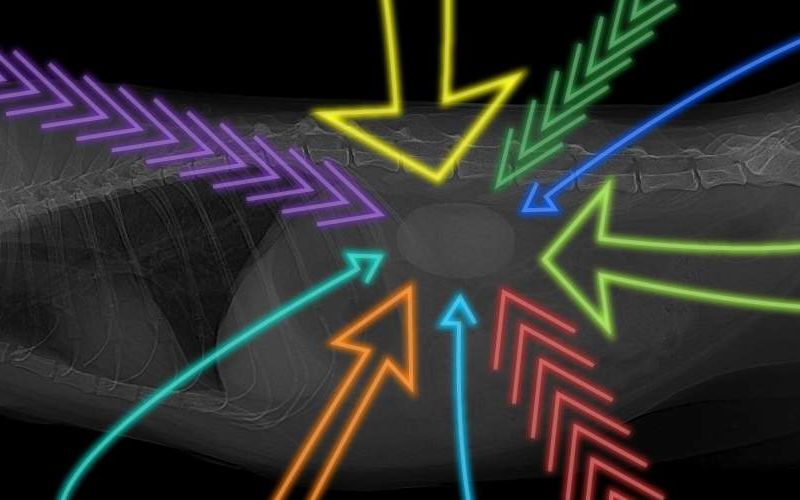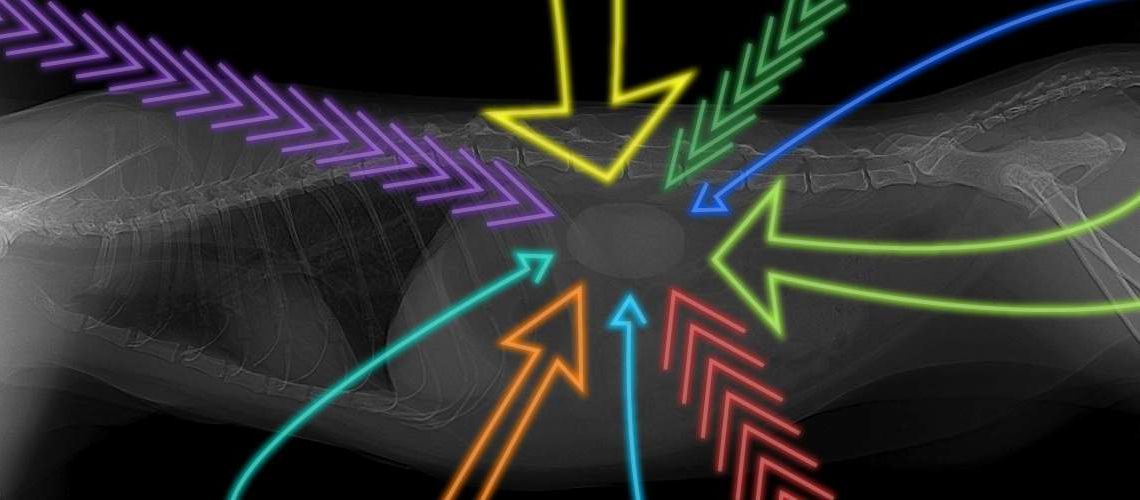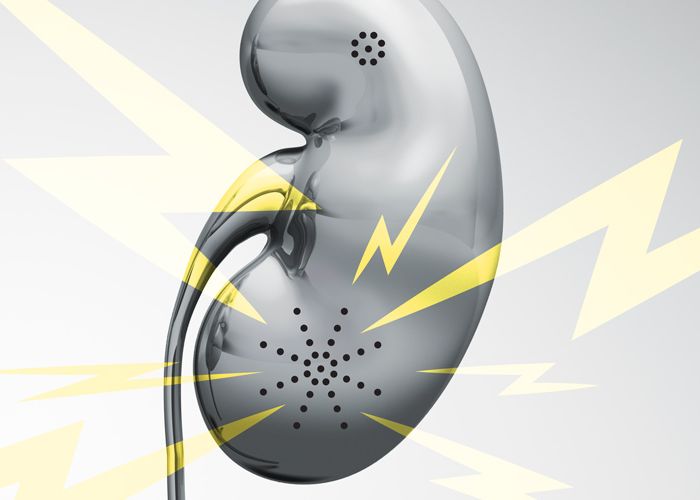

New Diagnostic Advancements Help Detect Kidney Injury in Pets
Kidney disease is one of the most common illnesses that veterinarians manage in cats and dogs. However, precursors to kidney disease often go undetected and can exacerbate the renal disease we're trying to manage. Acute kidney injury (AKI), the sudden onset of damage to the kidney with or without identified loss of function, is present in approximately one-third of renal cases6 and is an important cause of permanent kidney disease.
However, detection has been difficult for two reasons: minimal testing available and because the onset of kidney injury is almost always subclinical. Early identification and intervention is ideal to provide the best prognosis for cats and dogs that experience kidney injury.
This article will explore existing tools for identifying kidney injury and the recently announced diagnostic test for cystatin B—a kidney biomarker that helps with detection of kidney injury even without changes in kidney function—as the latest advancement in renal diagnostics.
Limitations of Kidney Diagnostics
Most veterinarians are very familiar with the foundational tests to diagnose kidney disease, such as symmetric dimethylarginine (SDMA), creatinine, blood urea nitrogen (BUN), and urinalysis, but these functional markers are only able to identify renal disease once it's advanced and often irreversible. Instead, our goal should be detection of kidney injury prior to development of chronic disease, especially because we know kidney injury may be subclinical and present well before the functional markers elevate on routine lab work. Detection such as this could lead to tailored treatment that may slow down disease progression and further complications, as well as improve the quality of life for our patients.
Current Diagnostic Tools
Until recently, the renal diagnostic tools available included:
- SDMA: SDMA is a more recent addition to kidney function assessment. As glomerular filtration rate declines, SDMA increases on average with 40% and as little as 25% loss of kidney function.1,2,5 It's a sensitive and early marker, detecting mild to moderate loss of kidney function that would be missed if a clinician only used creatinine. However changes in SDMA are not limited to primary kidney disease. SDMA can also increase with diseases that have a secondary impact on the kidneys such as infection, hyperthyroidism, hypertension, and others.6
- Creatinine: Creatinine is the most commonly used indirect measurement of renal function. It's easily accessible and economical both in the hospital and with outside reference labs, but it only elevates when 75% of kidney function is lost and, like SDMA, only elevates in the maintenance phase of kidney insult.5
- BUN: BUN is another measurement of excessive nitrogen-based substances (waste compounds) in the blood. Similar to creatinine, it's easily measured in the hospital and outside labs, but it also can be elevated from high protein diets, gastrointestinal bleeding, infection, urinary obstruction, and even hypotension.
- Urinalysis: Urinalysis is the last commonly used measurement of kidney function, and it is unfortunately often omitted. A complete urinalysis is imperative to understanding a patient's kidney status. Within this test, persistent proteinuria in the presence of a inactive sediment is the most telling component. However, this result can be confounded by reproductive disease or other factors that may affect kidney function.
While all of these foundational tests are helpful in the assessment of kidney function later in the course of disease, cystatin B is the latest diagnostic advancement in detecting kidney injury. Cystatin B is an intracellular protein released from the renal tubular epithelial cells when they are injured or destroyed, and is considered a biomarker for kidney injury.43,44 Being able to detect kidney injury prior to the development of kidney disease and damage allows clinicians the opportunity to proactively intervene and attempt to slow down or change the outcome for the patient.
Cystatin B and Case Selection
With all of these tools available, how can we use the novel injury marker cystatin B and the more traditional functional markers of SDMA, creatinine, BUN, and urinalysis to create a full picture of kidney health for the patient? The key here is case selection and timing.
Most veterinarians already run full chemistry panels, including SDMA, with urinalysis on patients with visible clinical signs of kidney disease such as inappetence, polyuria, polydipsia, weight loss, lethargy, dehydration, and other significantly advanced signs such as oliguria and uremic ulcers. However, because kidney injury can be subclinical, it's important to be proactive and test sick patients, even when primary kidney disease may not be the presenting complaint.
For example, consider the following cases where traditional function tests will not be helpful yet, but cystatin B can be beneficial due to the suspicion of kidney injury:
- Potential toxin exposure
- Monitoring treatment and recovery following kidney insult
- Monitoring a canine patient for any progression from IRIS CKD Stage 1
- Screening a patient for high risk from processing NSAIDs
- Monitoring kidneys in patients at risk of an ischemic event such as heat stroke, GDV, or acute pancreatitis
- Assessment of patient after a hypotensive event during anesthesia
If kidney injury is detected on the cystatin B test, supportive care and other tailored treatment can be instituted much earlier in the course of injury. Then patients can be monitored with traditional function tests to assess response to treatment. It's always better as veterinarians to be proactive versus reactive with our patients, and when we slow down disease and prevent further complications through early intervention, we may help enhance the quality of life for our patients and strengthen the human-animal bond for pet owners.
References: https://www.thevetiverse.com/en/latest/sdma-references/







